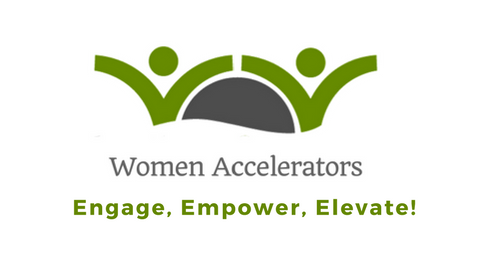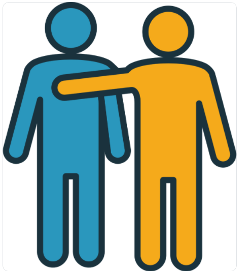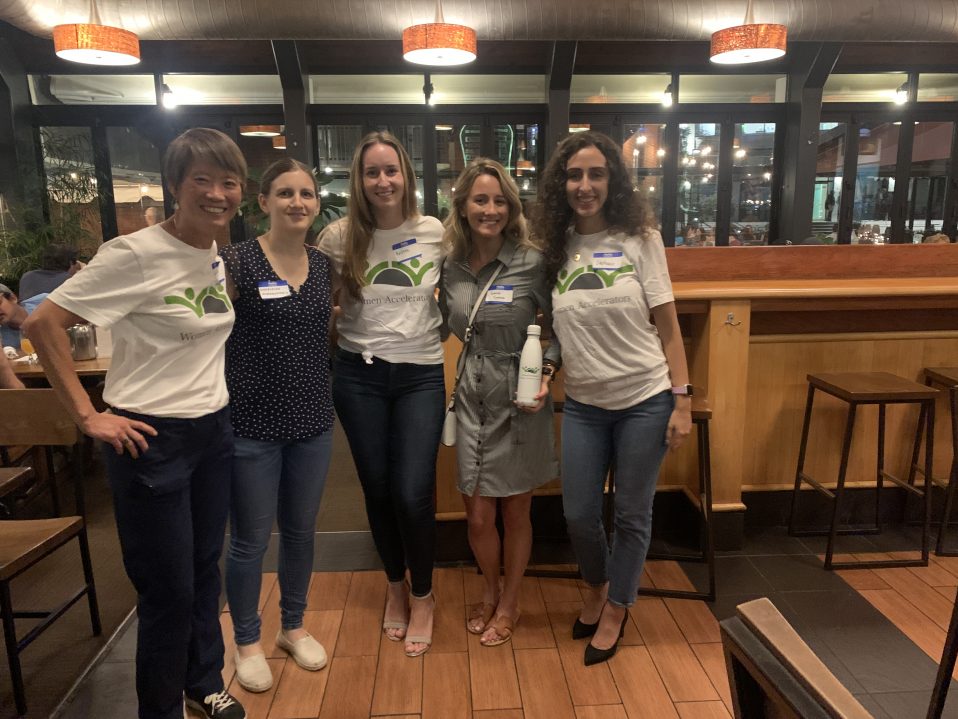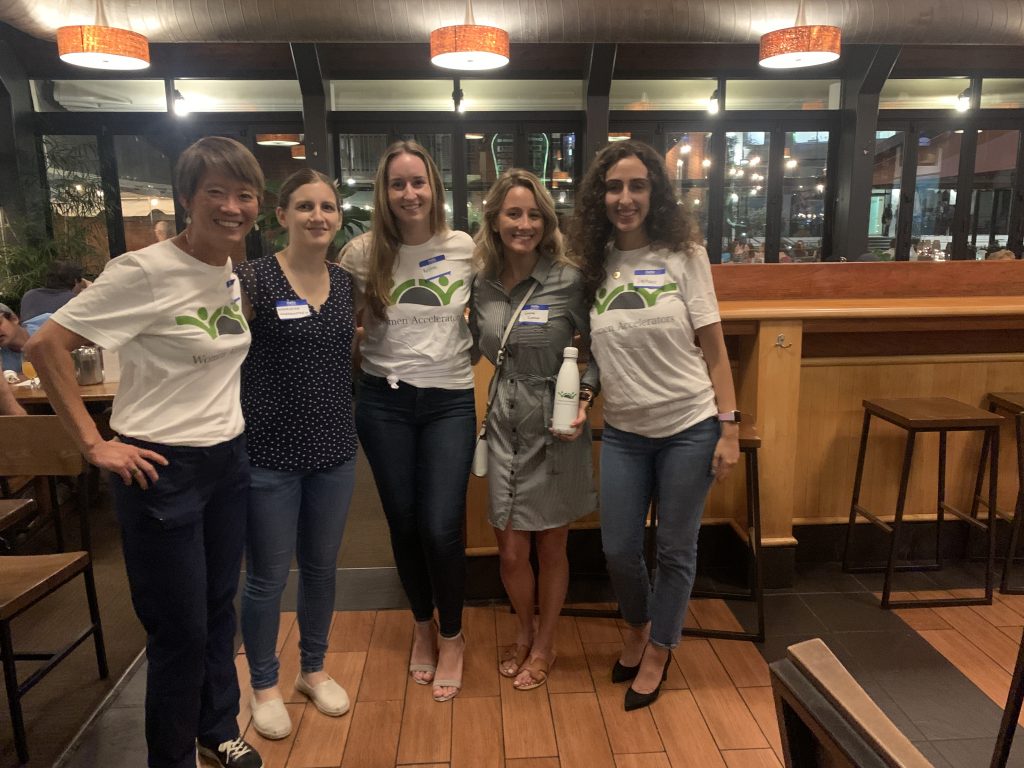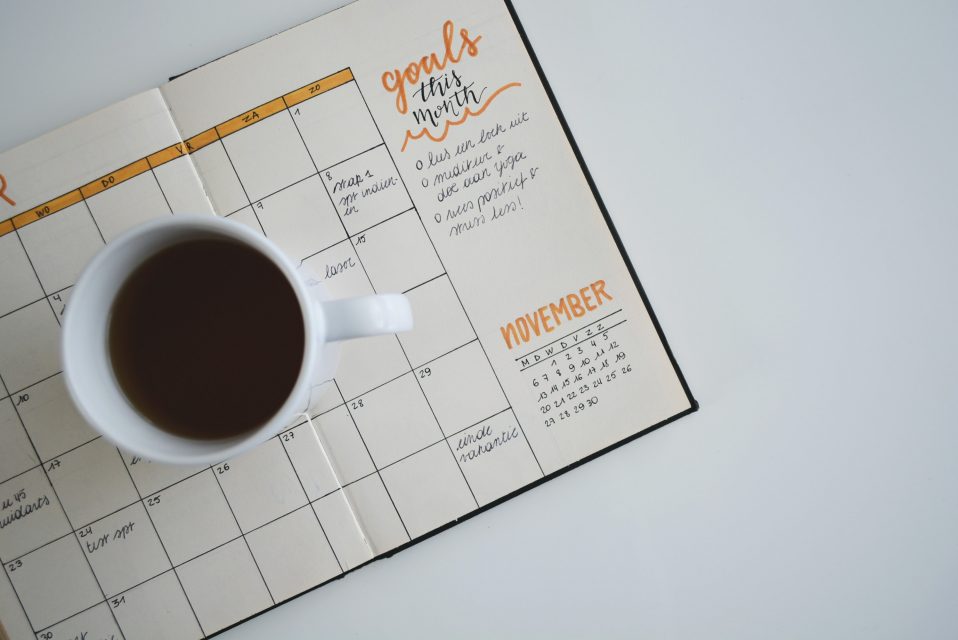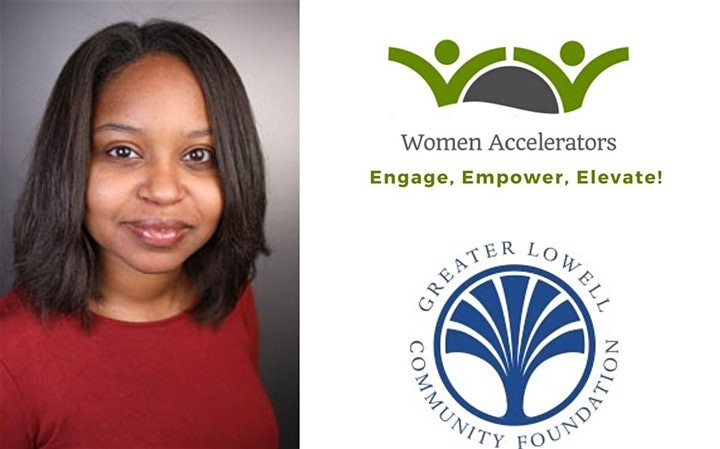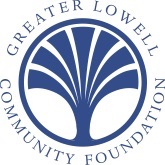Hello W.A comrades,
Like many Americans, I grew up in a foreign household where English was NOT my first language. Communication to others outside of my family and friends was a bit blurred. I knew I loved to talk because every time we had guests over I would go hangout with the adults and just talk all night long. Clearly, I wanted to be heard whether the content is interesting to my audience or not.
As I started learning English in Preschool, Kindergarten, and so on I now became a dangerous talker… now I know how to speak in 2 languages. May God help everyone in my path at that point. Eventually as I got older and “wiser,” I started to learn/realize that talking does not mean communicating. You may talk for hours and hours on end, but if your intended audience does not understand what you’re saying or are engaged, you have lost them. Which can lead to lack of communication. Since communication seems to be a key component of human interaction, I decided to take note and see how I can improve my communication skills to avoid such calamity.
Here are some tips I discovered that helped me communicate and I hope it can help you to:
- Active listening: Talk less listen more. Truly try to hear what the other person is trying to say. Try your best to not be distracted with your thoughts of what you are going to say next. I know I was always guilty of thinking of what I am going to say next that I missed half of what the other person was trying to tell me.
- Reiterate: Sometimes it helps to reiterate what you think you heard them say to avoid any confusion or misunderstanding. 9 times out 10 they would correct you if you misheard or misunderstood.
- Be proactive and considerate: Having the conversation is one thing but following up and following through are also very important. If you have a conversation that ends with some sort of delivery or expectation to someone it’s important to stay proactive to deliver and to stay in communication about it. For example, if it’s taking a bit longer than expected to deliver, it’s good to communicate that things are getting delayed, you have not forgotten, and you will try your best to follow-through as soon as possible. A timeline usually helps, but if it’s not feasible and open ended it’s good to touch base. I am not saying communicate every hour or everyday with constant updates (even though I have done that before..oops), but every couple of days does not hurt. Trust me people appreciate you circling back, knowing you haven’t forgotten them, and you value them.
- Avoid bulldozing: When someone is speaking try your best to avoid cutting them off and start talking about what you wanted to say. It’s rude to your audience and you might end up annoying the other person, which can lead into an unnecessary argument. Sometimes you end up missing an important part of what they are trying to say, because you interrupted).
- Be empathetic: If you don’t have something nice to say, don’t say it at all. As fun as it is to throw that saying around, it holds some truth. When you try to wrap your head around what the person is saying and see it from their point of view you are practicing empathy. As the saying goes, “you attract more flies with honey than with vinegar”. Honey being the sweet and empathetic vs. the vinegar being sour and mean. Choose your words wisely.
Sincerely,
Nora Hamdeh
Scrum Master, Fidelity Charitable
